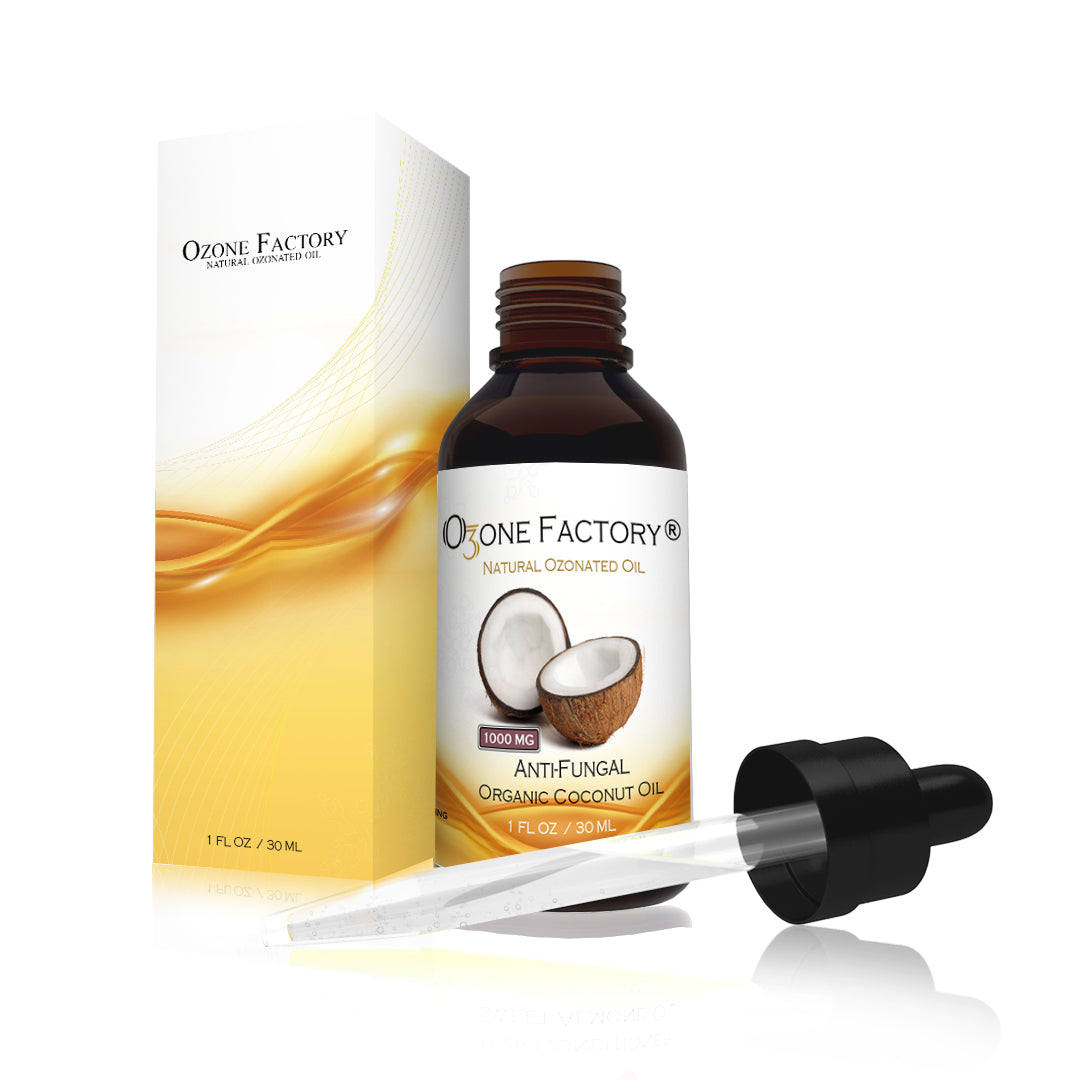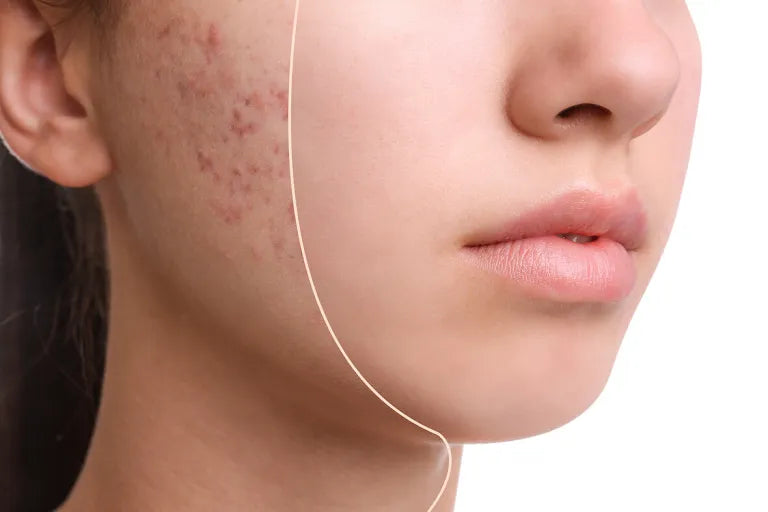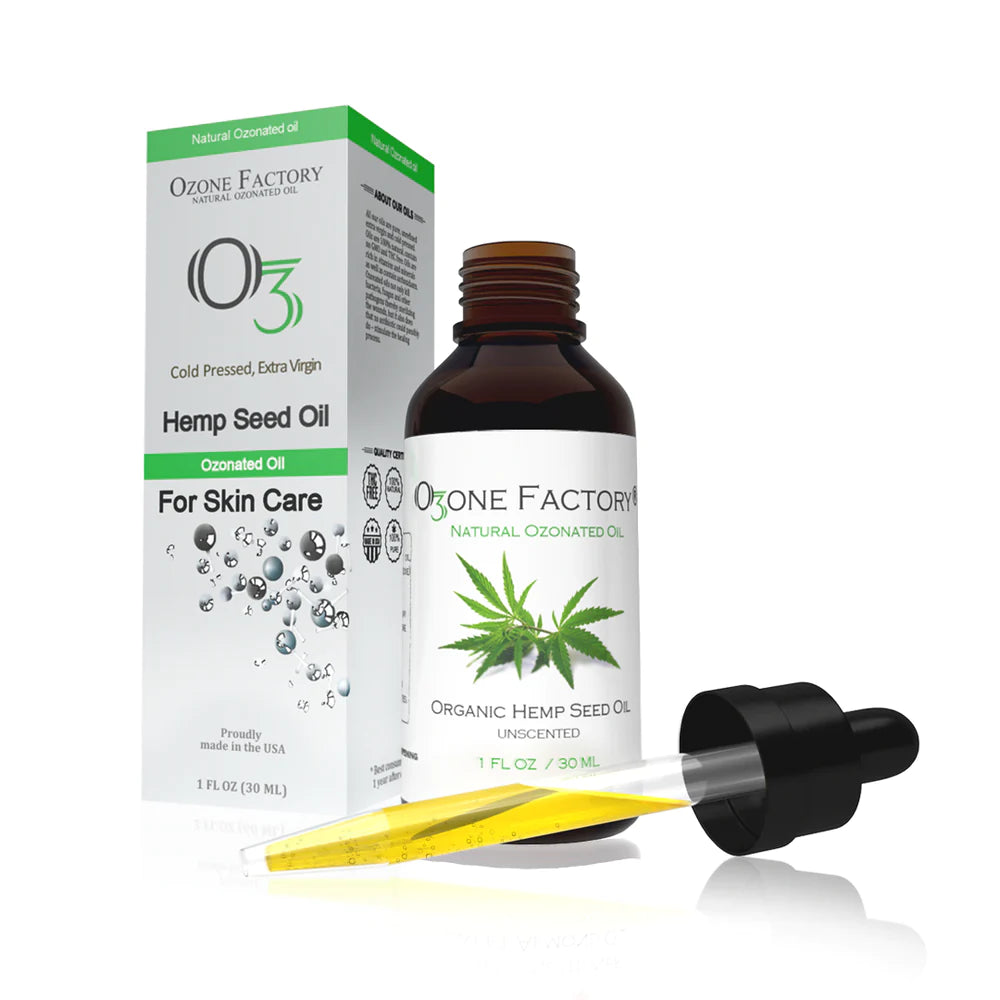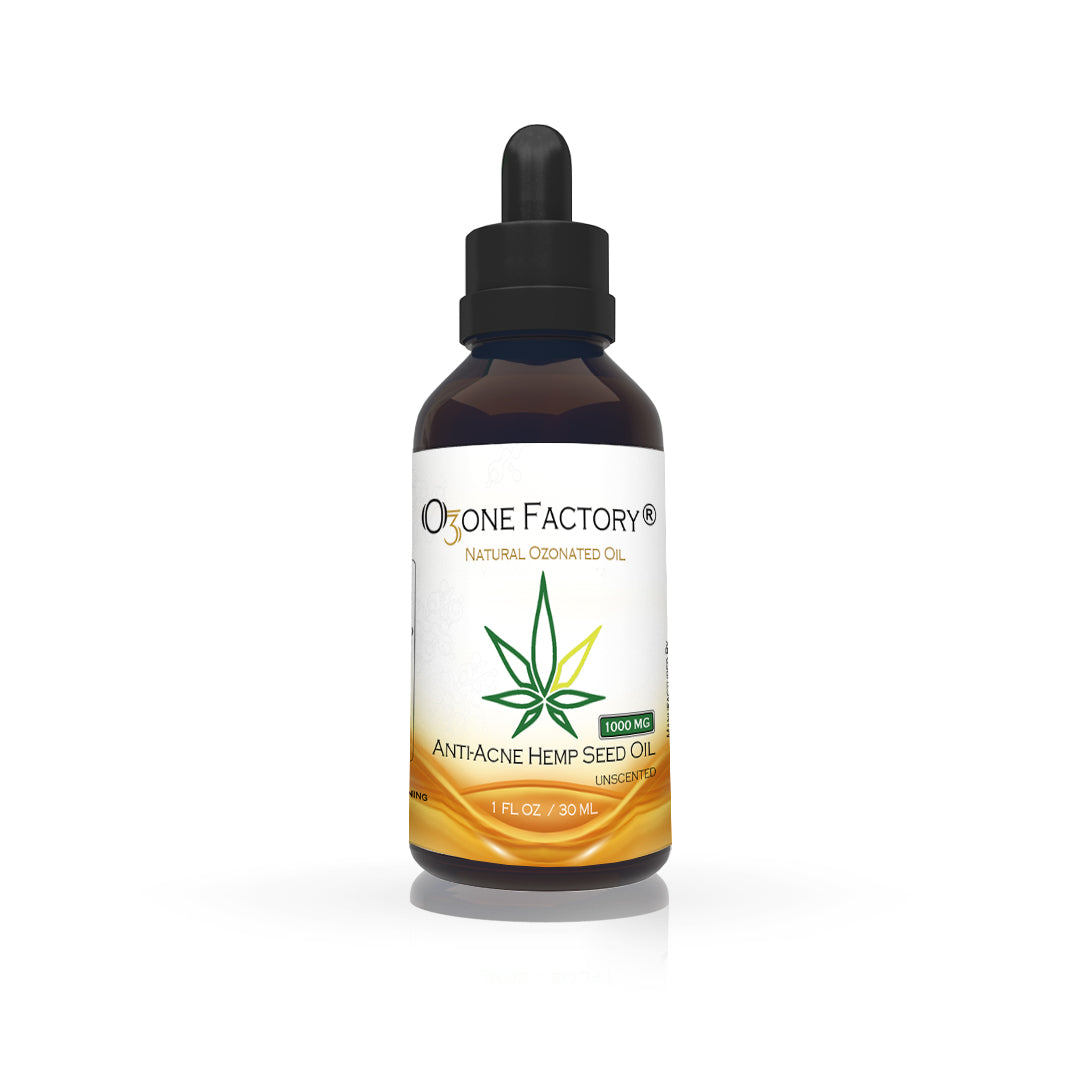
insufficiency, often in association with varicose veins, dependent chronic edema, hyperpigmentation, lipodermatosclerosis, and ulcerations. Stasis dermatitis may rarely involve the upper limbs in patients with artificial arteriovenous (AV) fistulas for hemodialysis, or congenital AV malformations.
EPIDEMIOLOGY
obesity, and history of deep vein thrombosis. Heart failure and hypertension are aggravating factors.

PATHOPHYSIOLOGY
PATHOLOGY
and the evaluation of the iron deposition pattern may be helpful to confirm the diagnosis.
Signs of venous hypertension also may be seen in the dermis, including dilated capillaries with fibrin cuffs, hemosiderin deposits, and hyperplastic venules. Morphometric and ultrastructural findings include increased mast cell number, thickening of basal lamina of capillaries, and presence of transforming growth factor-beta 1 (TGF-beta 1 ). Septal involvement of the subcutaneous fat, fat
necrosis, microcyst formation, lipomembranous changes, elastosis, and calcification of adipocytes are typical features of lipodermatosclerosis.

CLINICAL PRESENTATION
crusts and/or pustules due to bacterial or candidal superinfection may also be seen.
Patients with stasis dermatitis may present with other signs of chronic venous insufficiency and related comorbidities, including :
●Varicosities
●Secondary lymphedema
●Atrophie blanche (stellate, porcelain-white scarring areas resulting from microthromboses)
●Secondary cellulitis
●Ulceration

STASIS DERMATITIS SELF-CARE
Elevate your legs above the heart: Do this throughout the day. If possible, dermatologists recommend that you elevate your legs above your heart:
- Once every 2 hours for 15 minutes
- While you sleep (keep your legs elevated with pillows)
Take breaks when you must sit or stand for an hour or longer. If you must sit or stand for long periods, take a break every hour and walk briskly for 10 minutes. This will jump-start your circulation.
Get physical. Exercise can improve your circulation and strengthen your calf muscles. Walking is an especially good exercise for people who have stasis dermatitis. Be sure to build up slowly and ask your dermatologist how often you should exercise.
Wear loose-fitting cotton clothing. Wool and other rough fabrics, polyester, and rayon can irritate skin with stasis dermatitis and lead to a flare-up.
A loose fit is also important. Tight waistbands and snug pants interfere with your circulation. If clothing rubs against stasis dermatitis, the fabric can irritate the sensitive skin.
Use your compression garment if your dermatologist recommends one. Compression can:
- Improve the circulation in your legs
- Prevent open sores
- Reduce your risk of another flare
A physical therapist can offer tips for reducing the pain when you put on the garment. Most patients find that once they start wearing the compression garment, their swelling decreases within a few weeks. With less swelling, they start to feel better.
Avoid injuring the area and aggravating the stasis dermatitis. The skin with stasis dermatitis is very sensitive. If you injure or aggravate the area, it could lead to an infection or open sores.
To avoid irritating the skin with stasis dermatitis, avoid touching anything that could irritate it, such as:
- Pet hair
- Plants
- Grass
- Cleaning products
- Perfume
- Skin care products that contain fragrance (use only products labeled “fragrance-free.”)

Take care when bathing. Soaps and rough-textured towels or bath sponges can irritate skin with stasis dermatitis. Dermatologists recommend the following to their patients with stasis dermatitis:
- Use a mild, fragrance-free cleanser rather than soap. When you shower or take a bath, use only this cleanser. Rinsing soap from other parts of your body can cause the soap to run down your body, which can irritate skin with stasis dermatitis.
- After bathing, gently pat the water from your skin with a clean towel. You’ll want to keep a bit of water on the skin with stasis dermatitis.
- Within 2 minutes of bathing, apply petroleum jelly or a thick, creamy moisturizer that is fragrance-free on your damp skin. This helps to keep moisture in your skin. Keeping your skin moisturized helps to prevent scaly skin and irritation.
Reach and stay at a healthy weight. Staying at a healthy weight can reduce swelling and improve your overall health.
Drink 8 glasses of water every day. This can improve circulation and reduce swelling.
Limit salt. Too much salt can decrease your blood flow. Even if you never salt your food, you may be getting too much salt. According to the American Heart Association, the average American consumes 3,400 milligrams of sodium every day. The recommended daily amount is 1,500 milligrams or less.
Keep your dermatology appointments. Stasis dermatitis is a condition that you may have for life. Learning how to manage it and finding out what works best for you can take time. The time spent learning what to do will pay off. Most patients find that once they know what to do, they can manage the disease at home with healthy habits and medication as needed to treat flare-ups.






